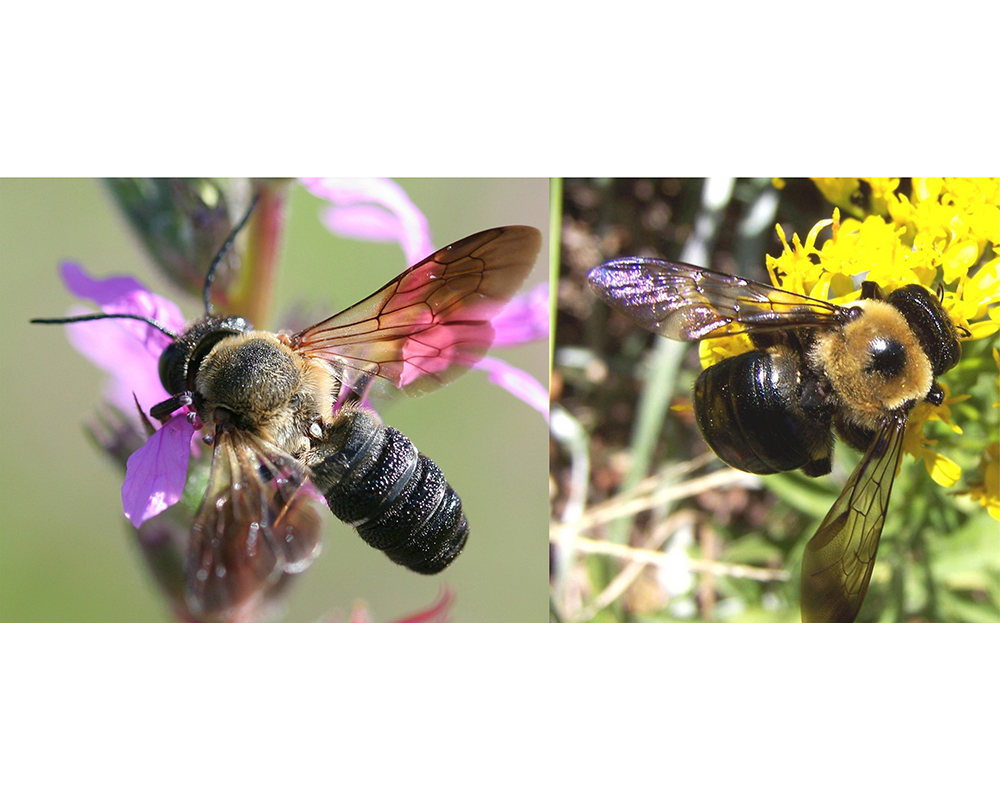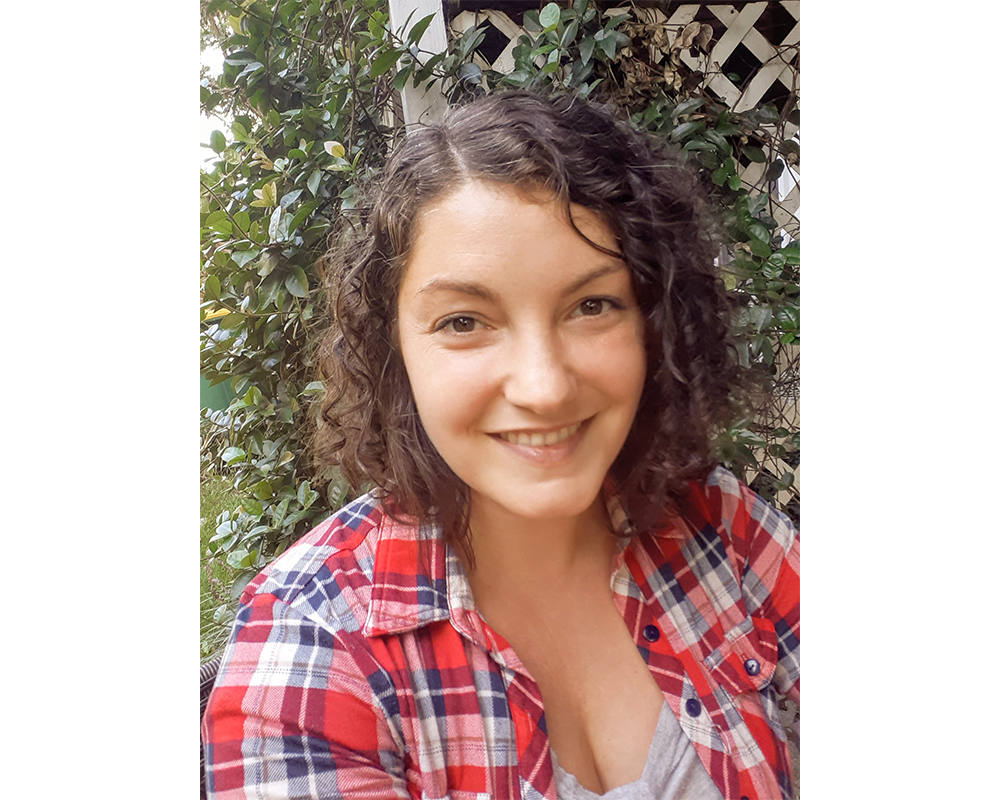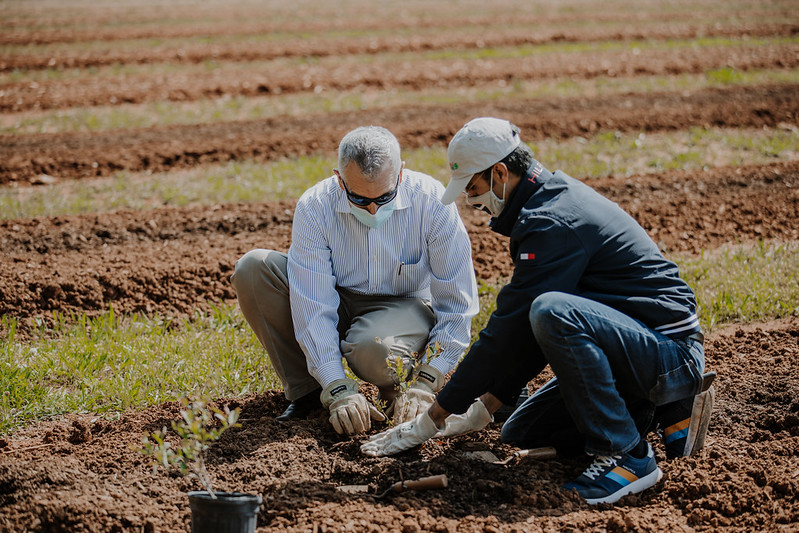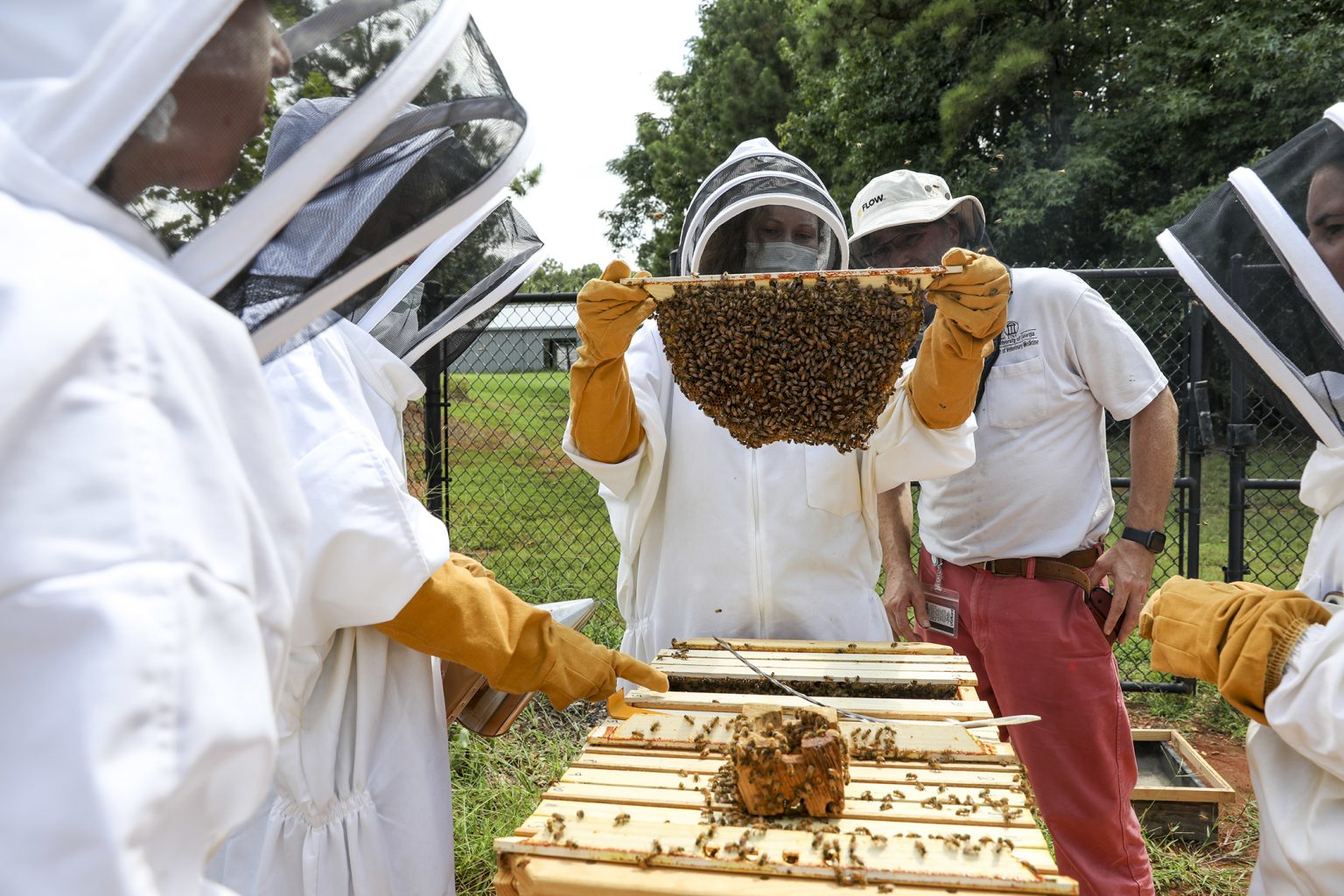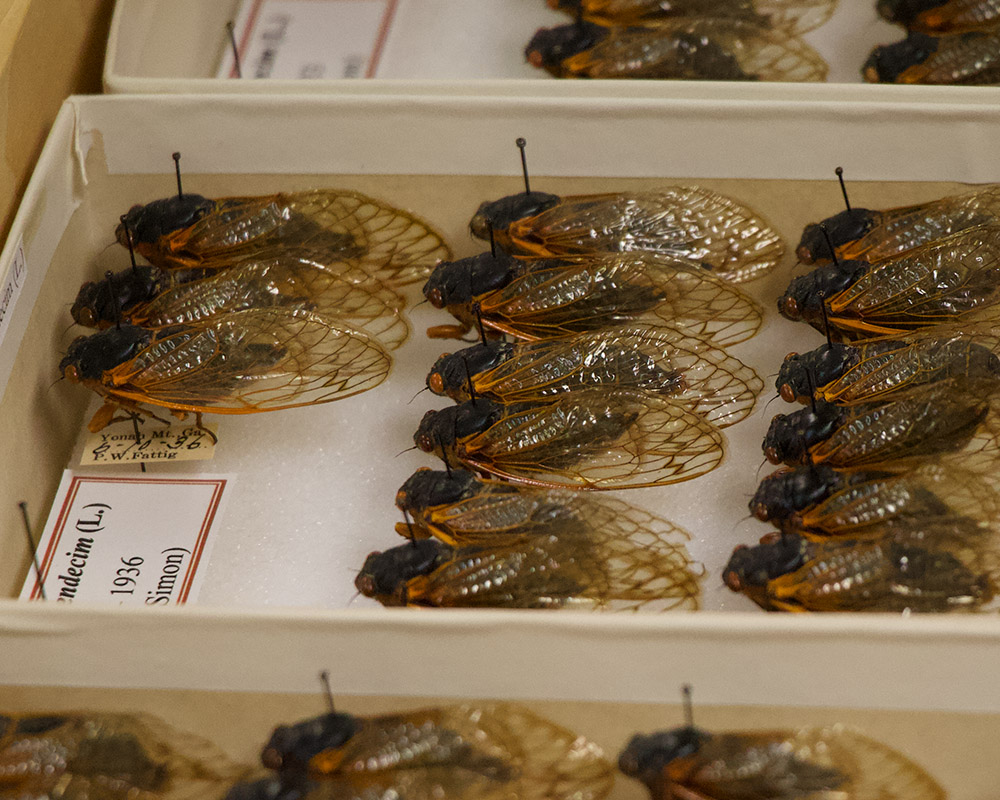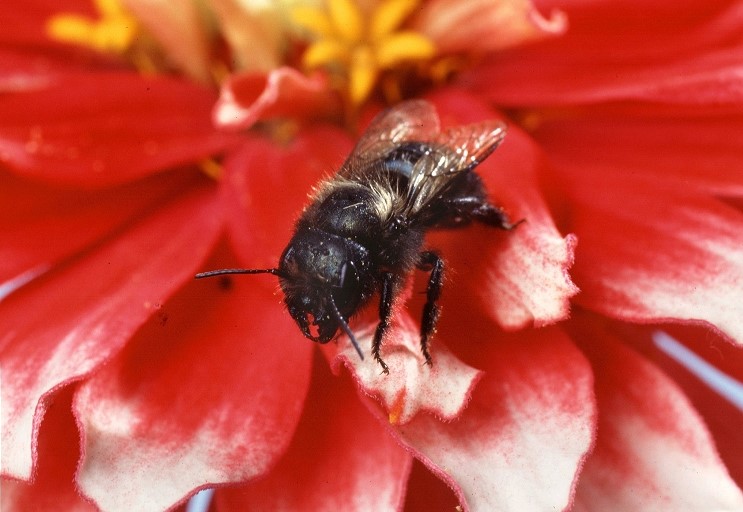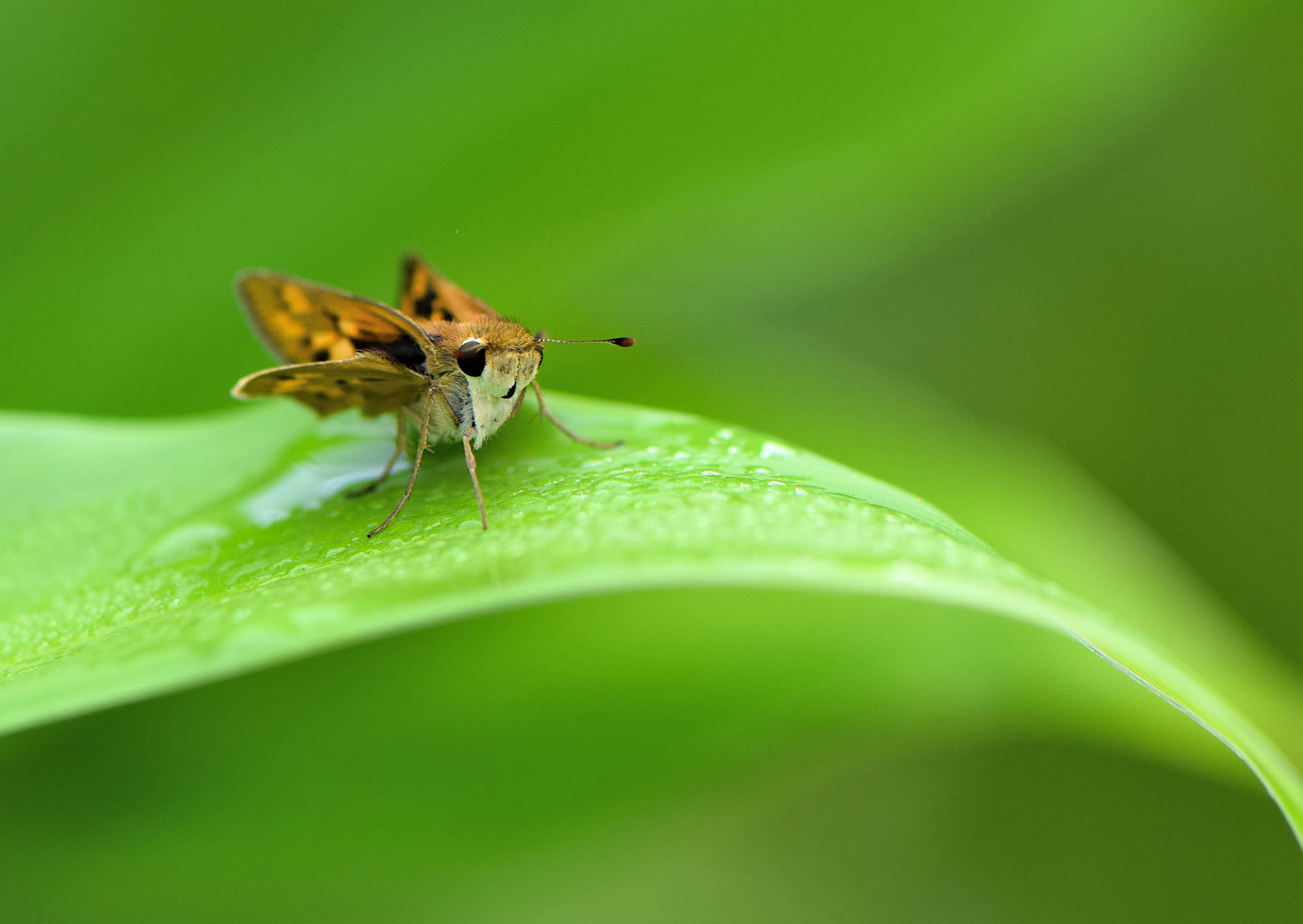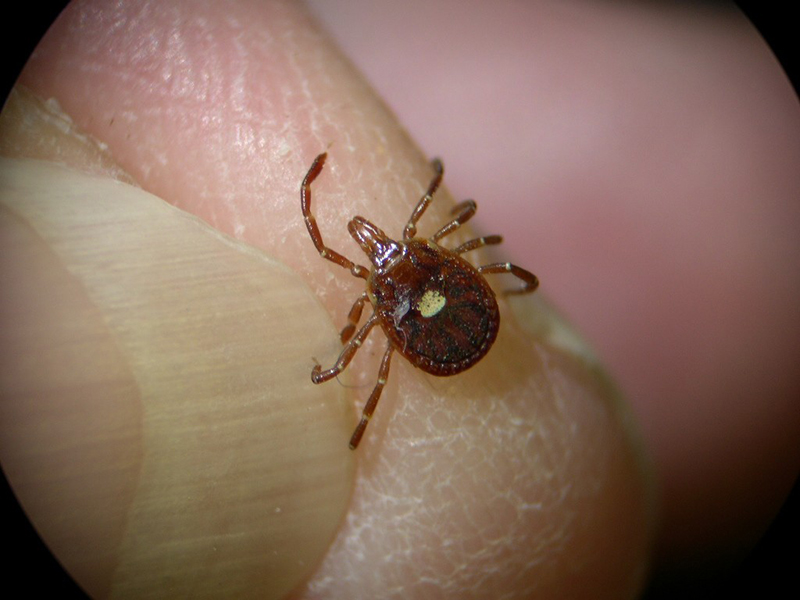 CAES News
CAES News
Bobcat Fever
Experts at the University of Georgia are urging cat owners across the state to proactively protect their pets as cases of cytauxzoonosis, or bobcat fever, an often fatal tick-borne disease, are spiking in middle Georgia.

